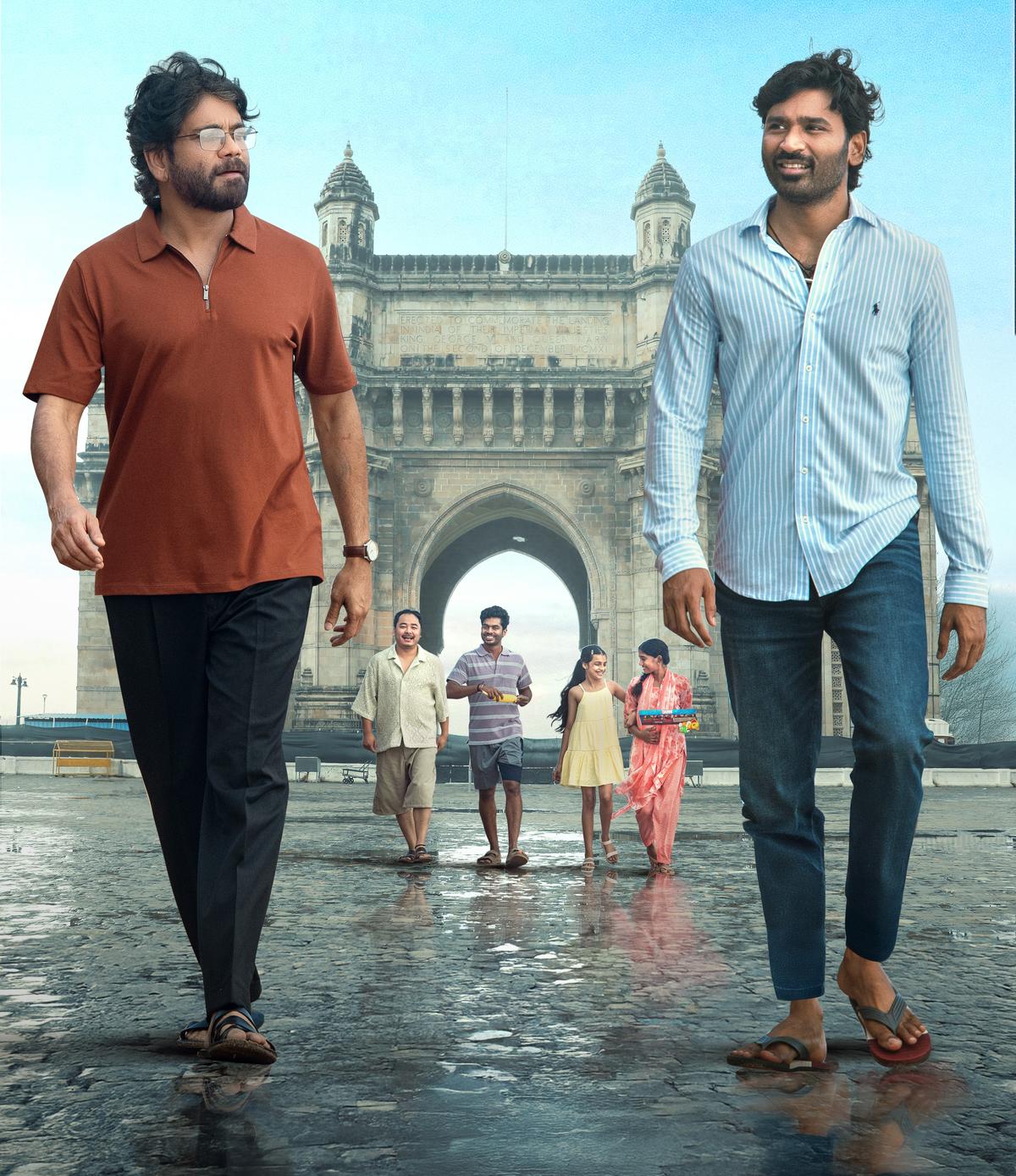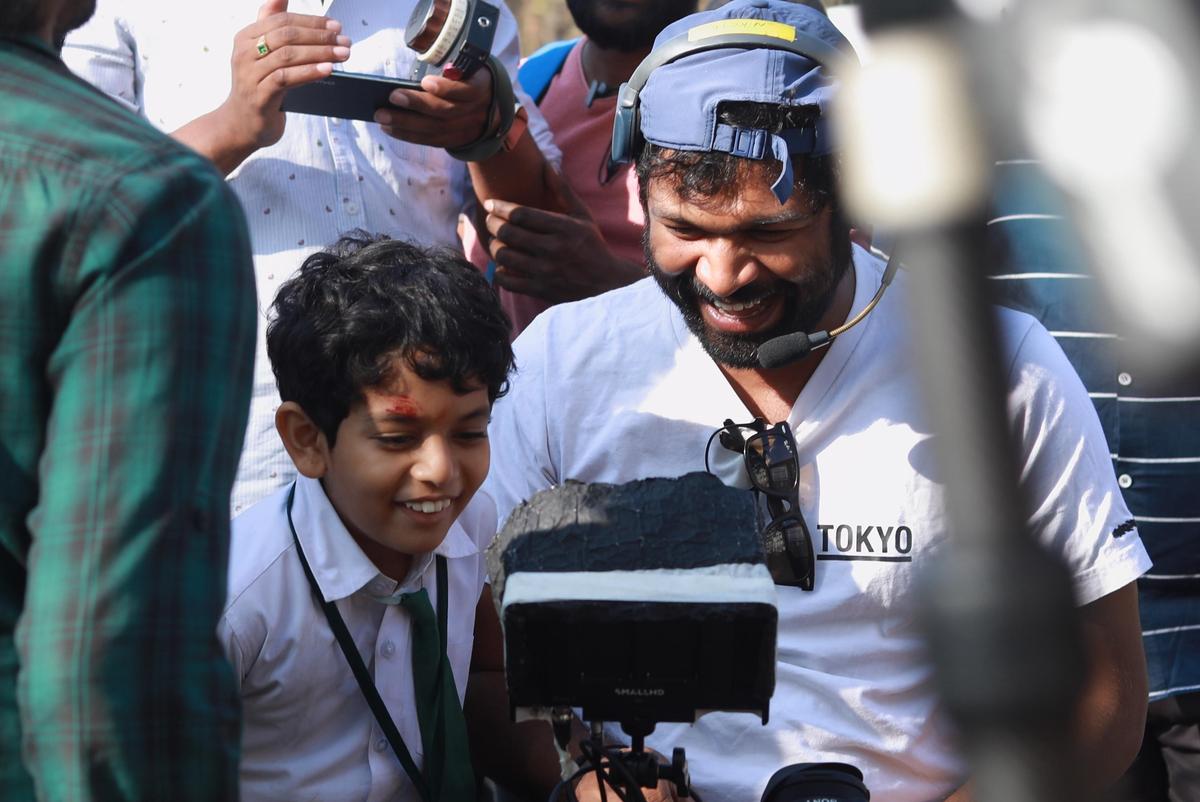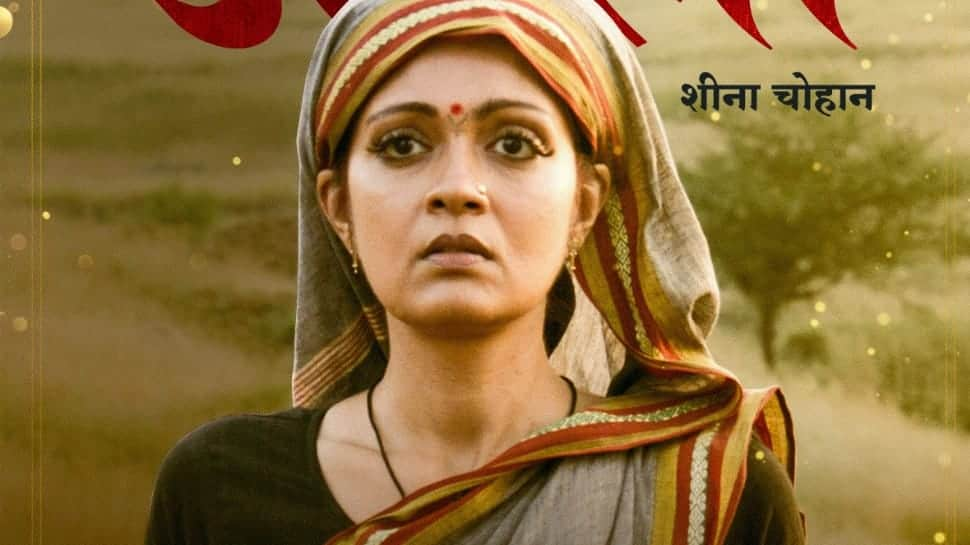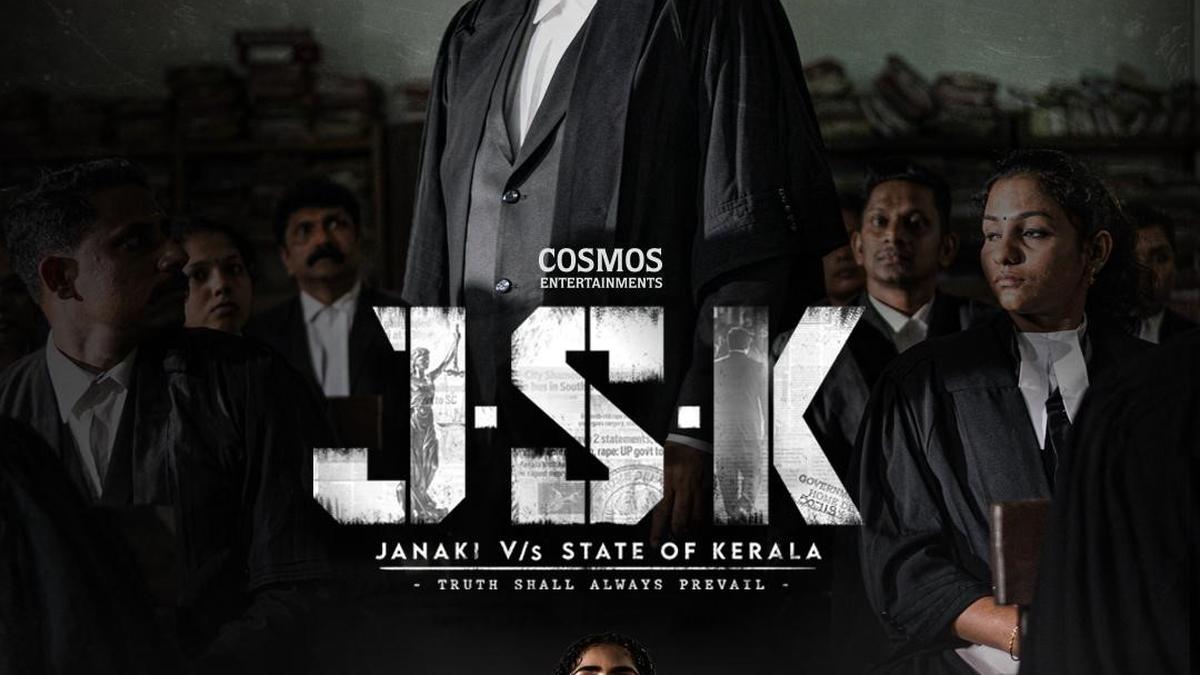Interview: Cinematographer Niketh Bommi on his visual storytelling, from ‘Kuberaa’ to ‘35’

Niketh Bommi, one of the most sought-after cinematographers in Telugu and Tamil cinema, prefers to let his work do the talking. He refrains from actively courting limelight. Currently in the spotlight for his work in director Sekhar Kammula’s social thriller Kuberaa, Niketh is at first reluctant but eventually settles down for a conversation.
“I am not a sucker for large scale and grand visuals. If it happens organically, it’s great,” he says. His filmography concurs with that statement. In Telugu, his work includes the thriller Yuddham Sharanam, buddy comedy Ee Nagaraniki Emaindi, family dramas Ante Sundaraniki and 35: Chinna Katha Kaadu. In Tamil, he drew attention with his work in the biopic drama Soorarai Pottru (Aakaasam Nee Haddu Ra in Telugu), and Dragon. The Tamil-Telugu thriller U-Turn, anthologies Pitta Kathalu and Putham Pudhu Kaalai, and Sarfira —the Hindi remake of Soorarai Pottru —are part of his oeuvre.
“It took me three or four films to understand what I really enjoy working on. When I listen to a story or read a script, I look for the emotion it intends to convey. Soorarai Pottru and Kuberaa had a large canvas, but the core emotions appealed to me.”
Niketh is a Telugu who grew up in Chennai. An electronics and communications engineer, he was drawn towards cinematography while making short films with his friends. “Digital filmmaking was underway and the 5D revolution had begun; it was an interesting space to explore. I used to take a billion images of myself,” Niketh recalls with a laugh.
He joined the Mindscreen Film Institute, founded by ace cinematographer Rajiv Menon. He honed his skills under the tutelage of the dean, MN Gnanasekaran, and other teachers. “Gnanasekaran sir’s approach was simple. He would tell us that as long as we have an image, we are on the right track. It was a confidence booster; a starting point.”

Niketh was more inclined towards corporate films and music videos than cinema. Ee Nagaraniki Emaindi, directed by Tharun Bhascker, which used the immersive experience of sync sound recording, was a turning point. “Earlier, I had a technical approach towards the craft — where and how to use a long lens, a short lens, or how to add beauty to a frame. Tharun made me develop an emotional connection with the visuals. I developed love towards narrating fiction.”
Niketh also began appreciating the collective experience of theatrical viewing, as opposed to his earlier preference of home viewing. “I now buy 30-40 tickets and watch my films with friends and family. I remember how everyone enjoyed watching Dragon.”
Niketh firmly believes that a craft shines when it does not distract the audiences from the storytelling, and this is possible when every department works in tandem. Storyboarding and rehearsals are his pre-production essentials, enabling better coordination with the direction, costume and production design departments.
During Soorarai Pottru, extensive planning helped the team film challenging sequences inside an aircraft, train, and on the runway within a short time. For Kuberaa, the storyboards by artiste Nithya, he says, helped in effectively translating director Sekhar Kammula’s ideas onto the screen.
Distinct worlds of ‘Kuberaa’

Nagarjuna, Dhanush with co-stars in ‘Kuberaa’
| Photo Credit:
Special Arrangement
Kuberaa warranted the delineation of three worlds — that of the billionaire (Jim Sarbh), the middle class (Nagarjuna), and the oppressed class (Dhanush), Niketh says, “A lot of planning went into the costumes and the locations, both indoors and outdoors.”
For Jim Sarbh’s residence and office, Sekhar Kammula wanted opulent spaces with high ceilings. After recce in Hyderabad, Mumbai, and Dubai, the team identified a hotel in Thailand. “The interiors of his house, the elevator, and the area where his chopper lands, were all filmed in Thailand. I did not have to do much since the colours were already part of the interiors,” says Niketh.
Production designer Thota Tharani conceptualised a set for Jim Sarbh’s office to aesthetically match the house. “All I wanted was plenty of natural light to stream through the windows,” adds Niketh. The office set was constructed at Annapurna Studios, Hyderabad. Visual effects coordinator Ashok Mocharla, says Niketh, played a crucial role in ensuring that the VFX shots stayed mostly “invisible”. “Kuberaa has nearly 1400 VFX shots but many are tough to identify.” There are scenes in which 3D imagery of Mumbai’s skyline is integrated into the frames.

“My task was simple. I had to appear on location, use the right lens and capture the emotions,” says Niketh modestly, crediting the costume department that included Kavya Sriram and Poorvaa Jain, among others, and the production design team, for ensuring a palette in synergy with the characters, their economic background, and the situations they are thrown into. He also credits colourist Suresh Ravi, who played a key role in ensuring tonal consistency while tracking colour grading on the edit table. Niketh and Ravi have collaborated for over 10 films.
Nagarjuna’s attire, in hues of blue, reflects the character’s classy demeanour. “He is a righteous man caught in a tricky situation but still spells class. He also had to look perennially tired. Somehow he and the team pulled it off; when I looked through the camera, it was all to the point,” says Niketh. Warmer tones were used for both Dhanush and Rashmika.
Niketh describes filming the key sequences in the dumpyard as more “annoying” than tough. “It was crazy filming at an actual dumpyard in Mumbai for two to three days. We had permission to clear only a small area, the rest of it was all filth. I don’t know how everyone pulled it off. Perhaps it is due to our respect towards Sekhar sir. For days afterwards, our socks would still carry that stench.”
Talking of invisible CG, Niketh reveals that for certain scenes, subtle VFX ensured better emotional portrayals on screen. “Long after we filmed the Tirupati sequences, when we felt that we could do with a few more close shots to work with on the edit table, we would film the actors against a green mat but Ashok and my associates would travel to get the relevant plates for the shots required. They were integrated seamlessly.”
The soul of ‘35’

Niketh Bommi with child actor Arun Dev on the sets of ‘35’
In contrast to Kuberaa, mounted on a budget of over ₹100 crore, was the heartwarming drama 35. Niketh appreciates the conviction in director Nanda Kishore Emani’s storytelling, and adds, “I connected deeply to the mother-son story and I consider it a cute tribute to my own mother. I wanted to be a part of the film as soon as I listened to the story. Nandu had a lovely way of narrating it. From the Tirupati dialect to how he designed Saraswati’s (Nivetha Thomas) character, and her bond with her husband — a bus conductor — had elegance and depth. The story centred on the relationships between four or five characters.”
Vishwadev Rachakonda and Nivetha Thomas in ‘35’
| Photo Credit:
Special Arrangement
The warm tones in some frames of 35, Niketh explains after considerable thought, stems from what he imbibed while working with director Sudha Kongara during Soorarai Pottru. “Sudha enjoyed the 6 am shoots. I began to like warm tones on screen thanks to her. We shot several sequences for Soorarai… and Sarfira in the morning hours, using the morning sun and the flares through the windows. That has now become an innate style in some of my films — Ante Sundaraniki, 35, and Dragon and Kuberaa to an extent. In 35, we filmed inside a small house and most of the story takes place during early morning or evening hours when the children and the husband are at home. The sunrise and sunset hours were conducive for the visuals. For a few scenes that required afternoon light, like the scene when Gautami visits Nivetha’s home, our lighting replicated an afternoon scenario.” For some of the portions on the terrace, in an area surrounded by trees, the relatively cooler tone was natural as sun rays filtered through the leaves, and the occasional use of tungsten light sources added patches of warmth to the cooler frames.

Niketh particularly mentions the temple scene involving a younger Nivetha Thomas. “She had to look a decade younger. Ashok gave inputs on how to light specifically such that the actor’s features can be worked upon during post production for de-aging. It has been a gradual learning process.”
Next, Niketh is working on Pradeep Ranganathan’s Dude.







